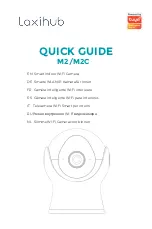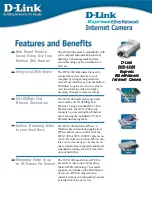
ELECTRICAL INSTALLATION
5
61
8011325/18IM/2020-07-02|SICK
Subject to change without notice
O P E R A T I N G I N S T R U C T I O N S | ICR880/890
5.3.5
Wiring the “HOST ETHERNET” Ethernet interface
The HOST ETHERNET Ethernet interface of the camera system has several functions:
•
Output of the read result of the HOST data interface via TCP/IP as an alternative to the
serial RS-232 interface design.
•
Output of the data from the AUX data interface (reading reading diagnostic
data) via TCP/IP as an alternative to the serial RS-232 interface design.
•
Access to the camera system with the SOPAS-ET configuration software.
Fig. 44: Wiring the “HOST ETHERNET” Ethernet interface
Connecting the ETHERNET HOST interface
▸
Use the standardized data cable (patch cable) to connect the camera system to the
Ethernet network via an Ethernet switch.
5.3.6
Wiring the Gbit Ethernet interfaces
The two Gbit Ethernet interfaces are used for rapid image output to an image server which
also has two Gbit Ethernet interfaces.
Connecting the “GBIT 1 ETHERNET” and “GBIT 2 ETHERNET” interfaces
▸
Use a standardized data cable (patch cable) to connect the camera system to the Gbit
Ethernet network. The cable has an RJ45 plug connector on both sides.
Alternatively, it is possible to use a cross-over cable to connect the camera directly to the
Ethernet card of the PC (point-to-point connection).
ICR890-xxxxxxxS03 device variant
The ICD890-xxxxxxxS03 device variant has three Gbit interfaces. The GBIT 1 ETHERNET
and GBIT 3 ETHERNET Gbit interfaces can be used for image transmission and as
configuration interfaces, whereas the GBIT 2 ETHERNET interface can only be used for
rapid data transmission.
•
A cable with an M12 plug connector on one side and an RJ45 male connector on the
other side is used for connection to the Ethernet network.
•
To connect the camera systems to one another in line topology, a cable with two M12
plug connectors is used.
















































